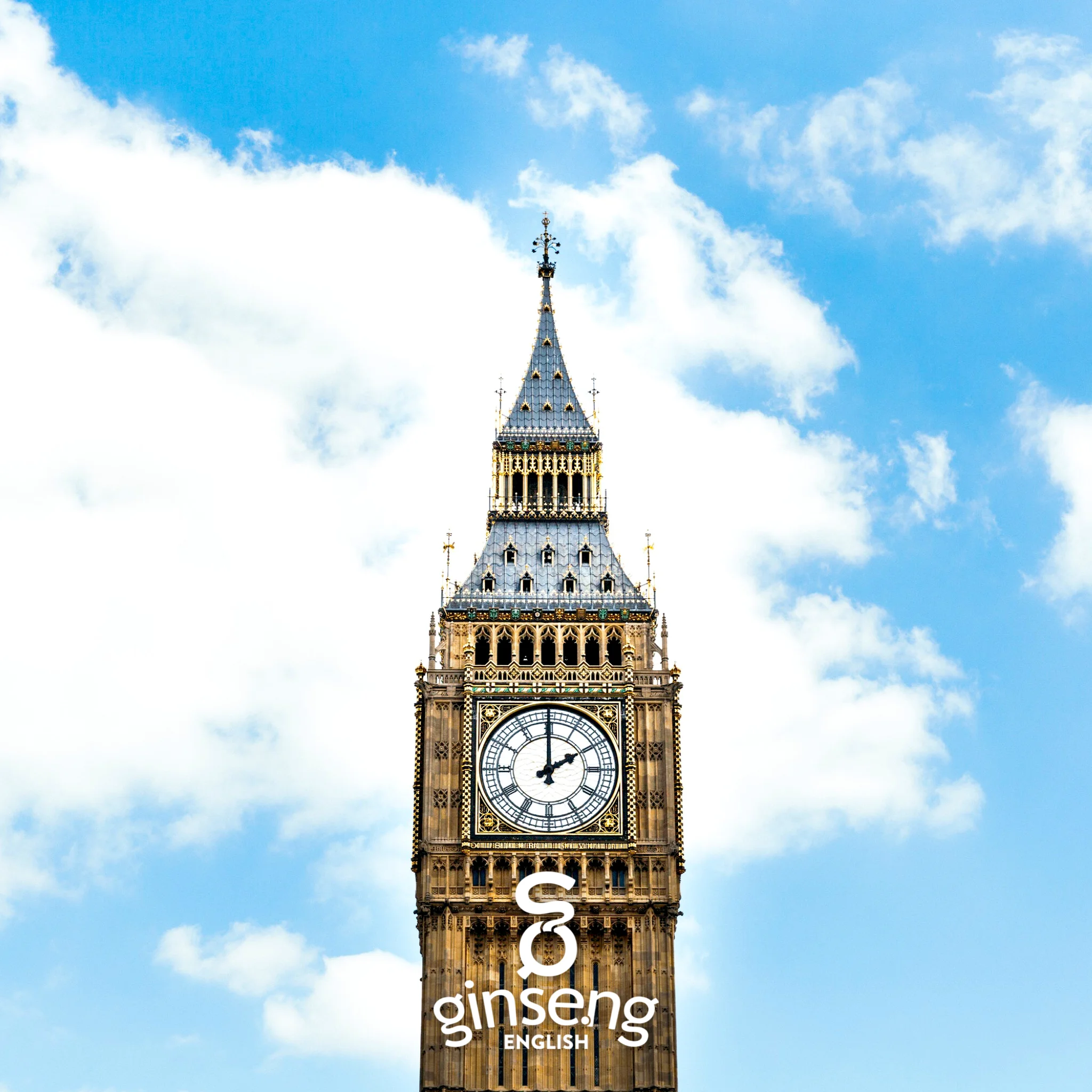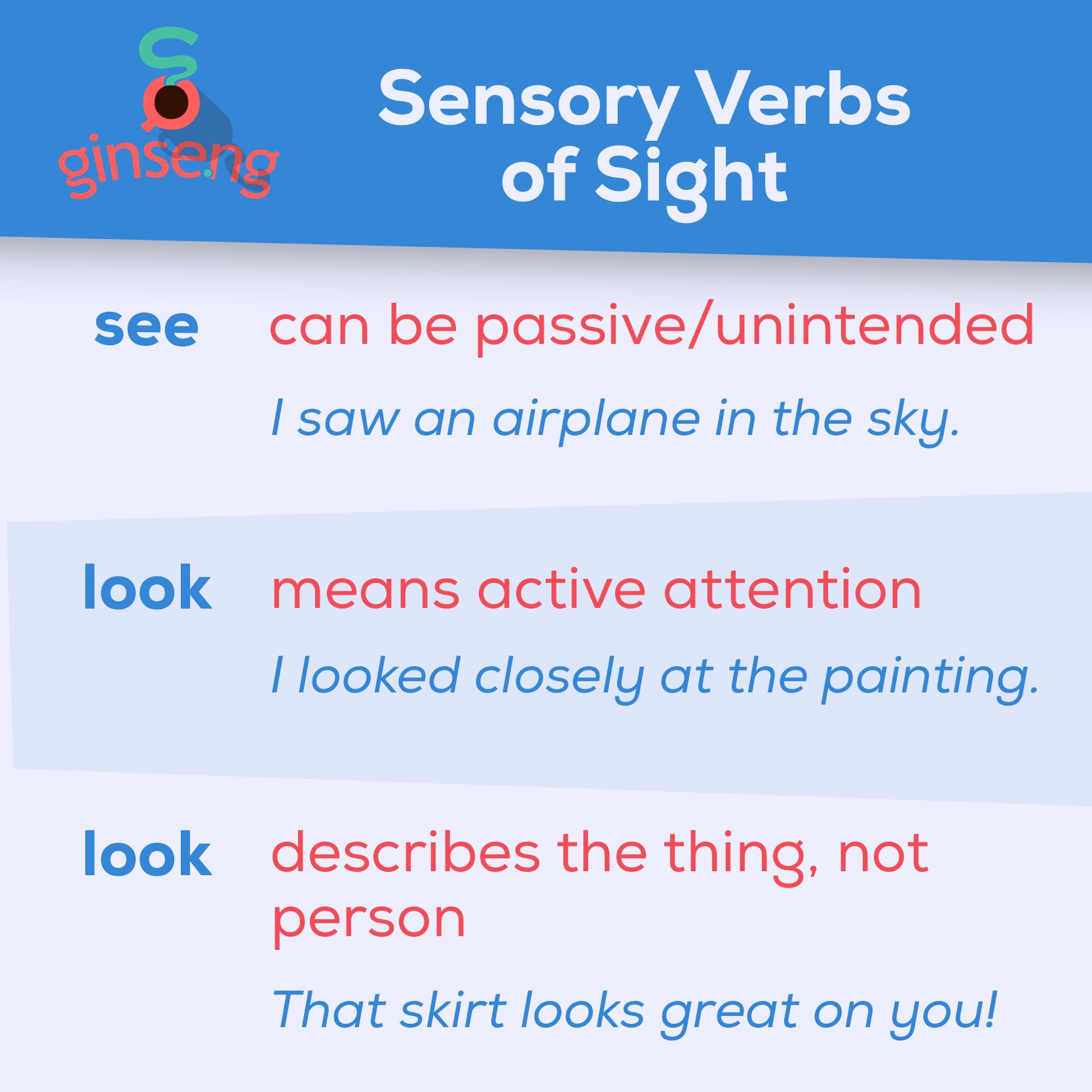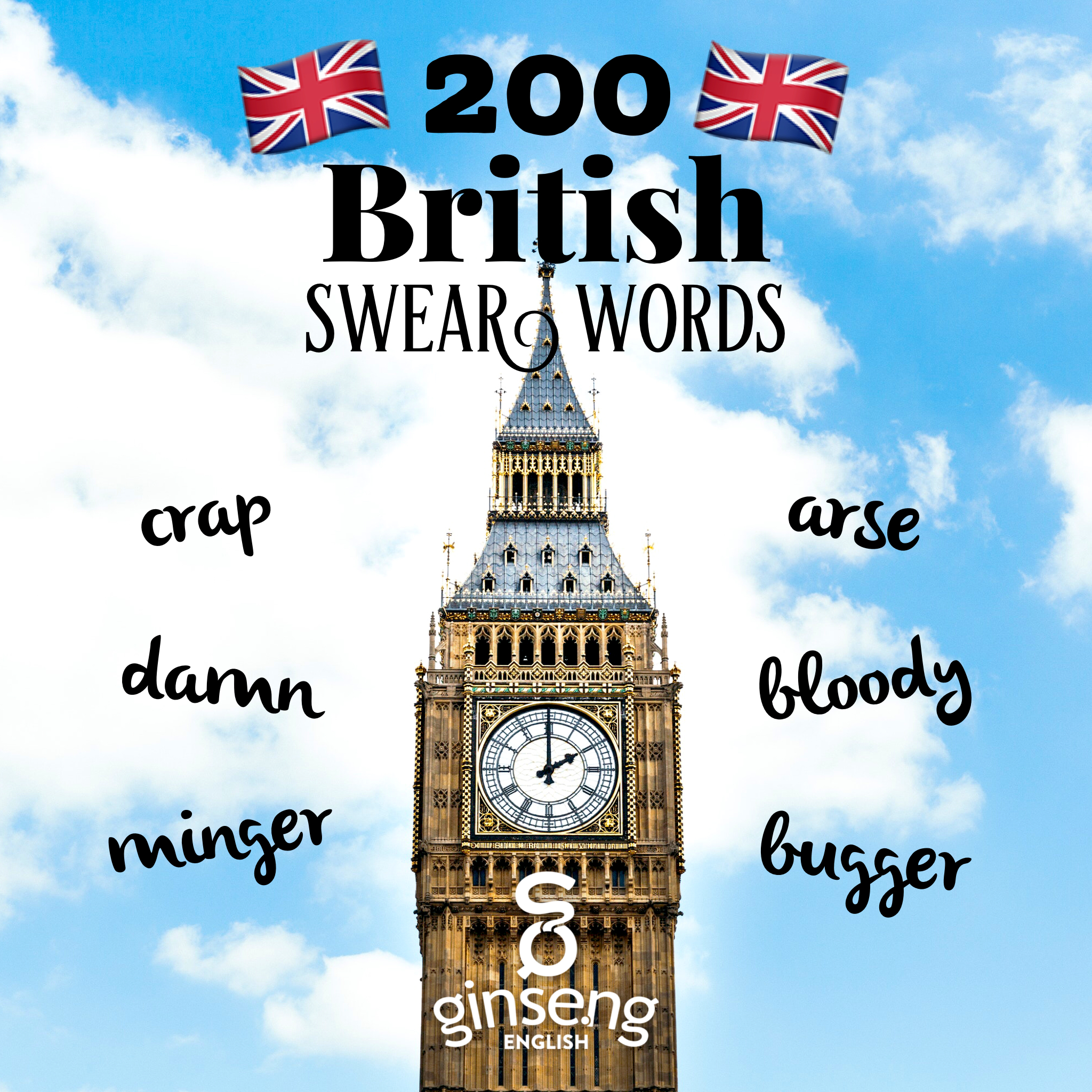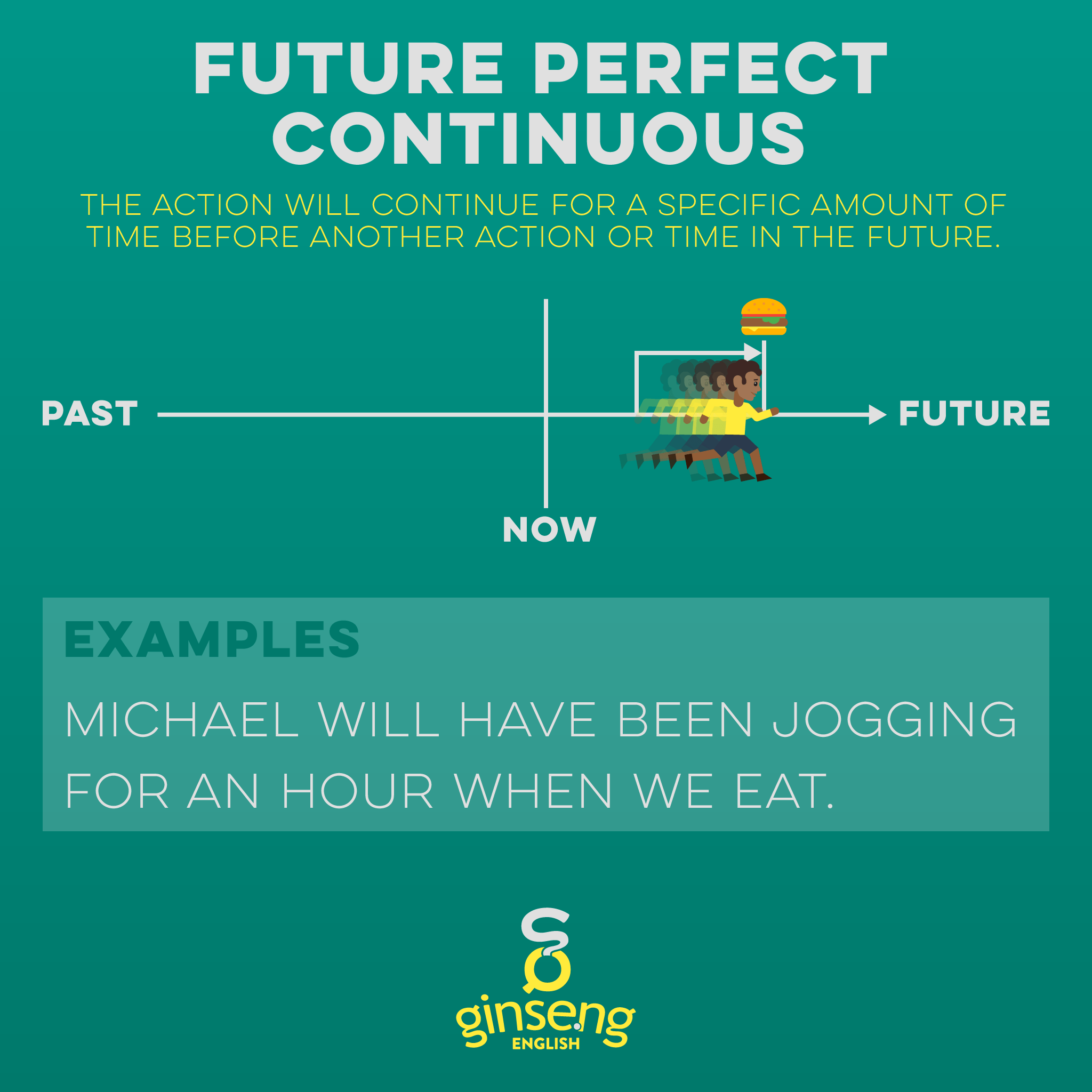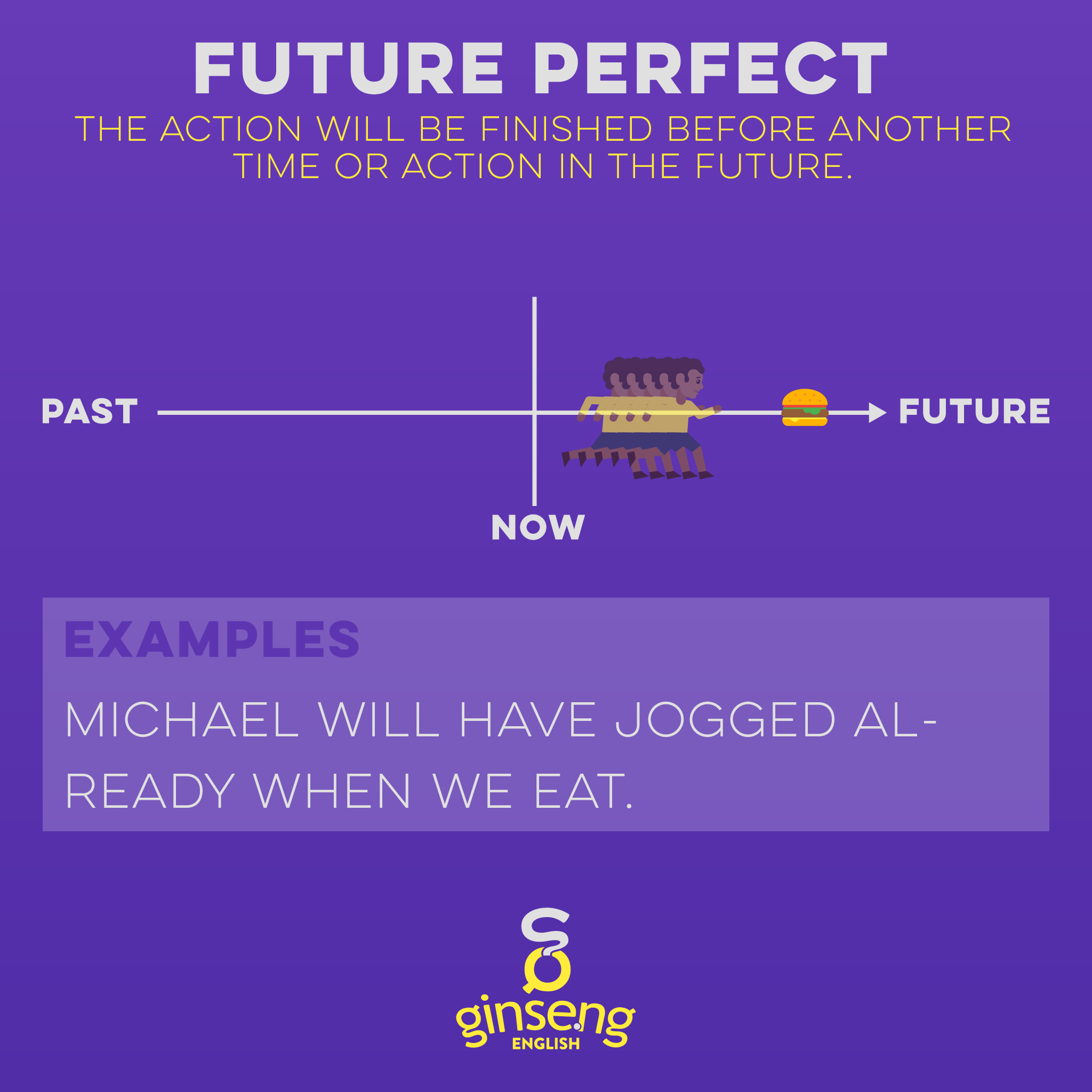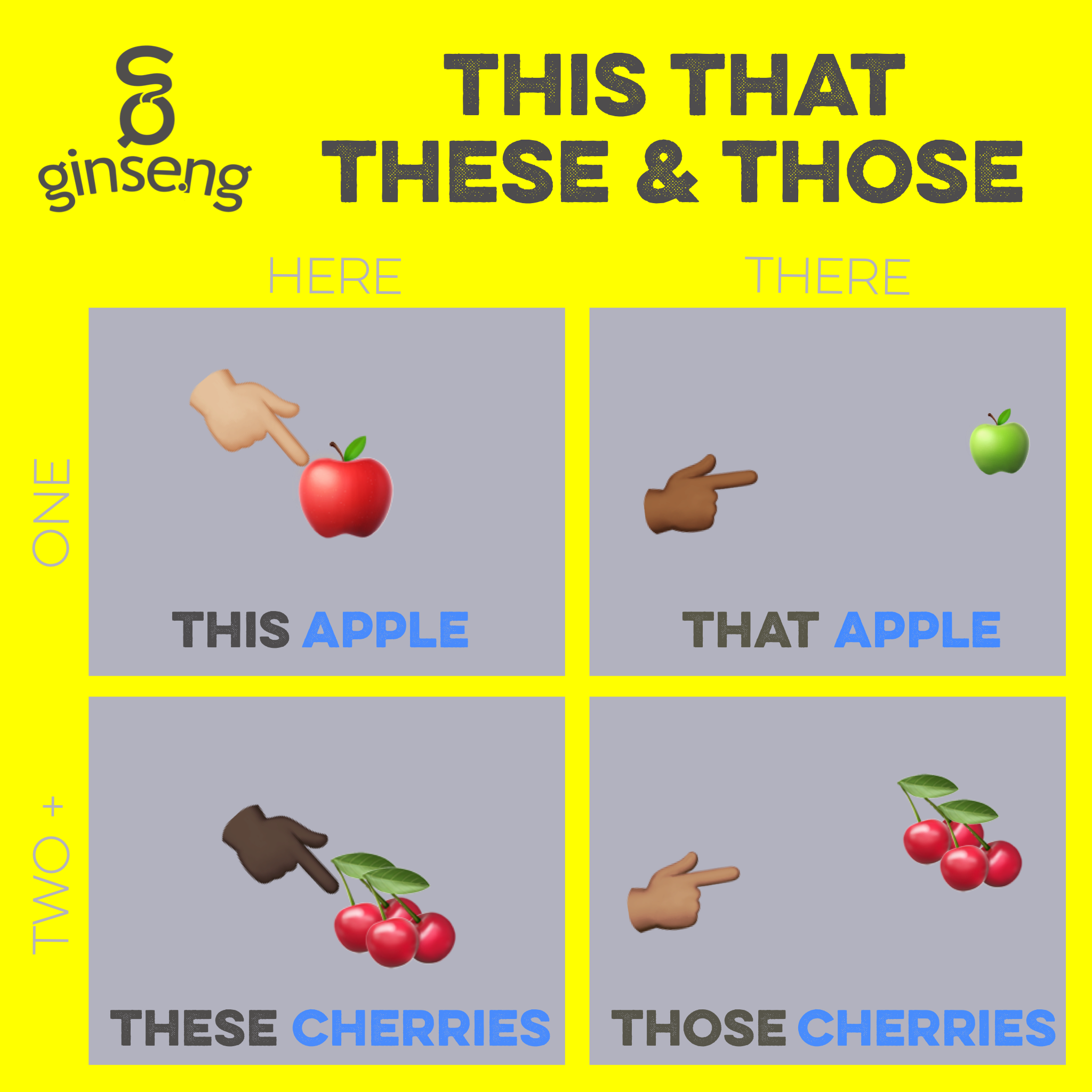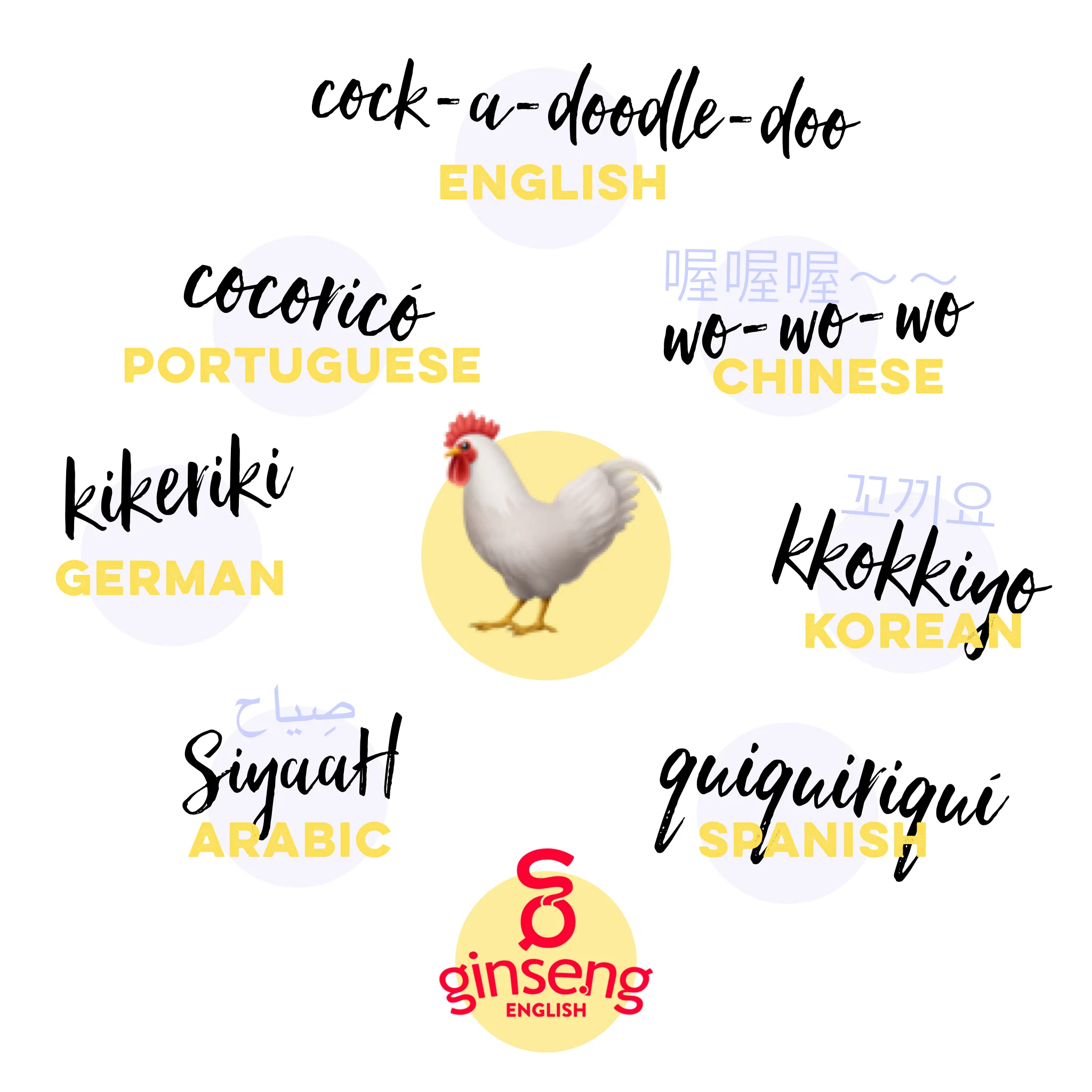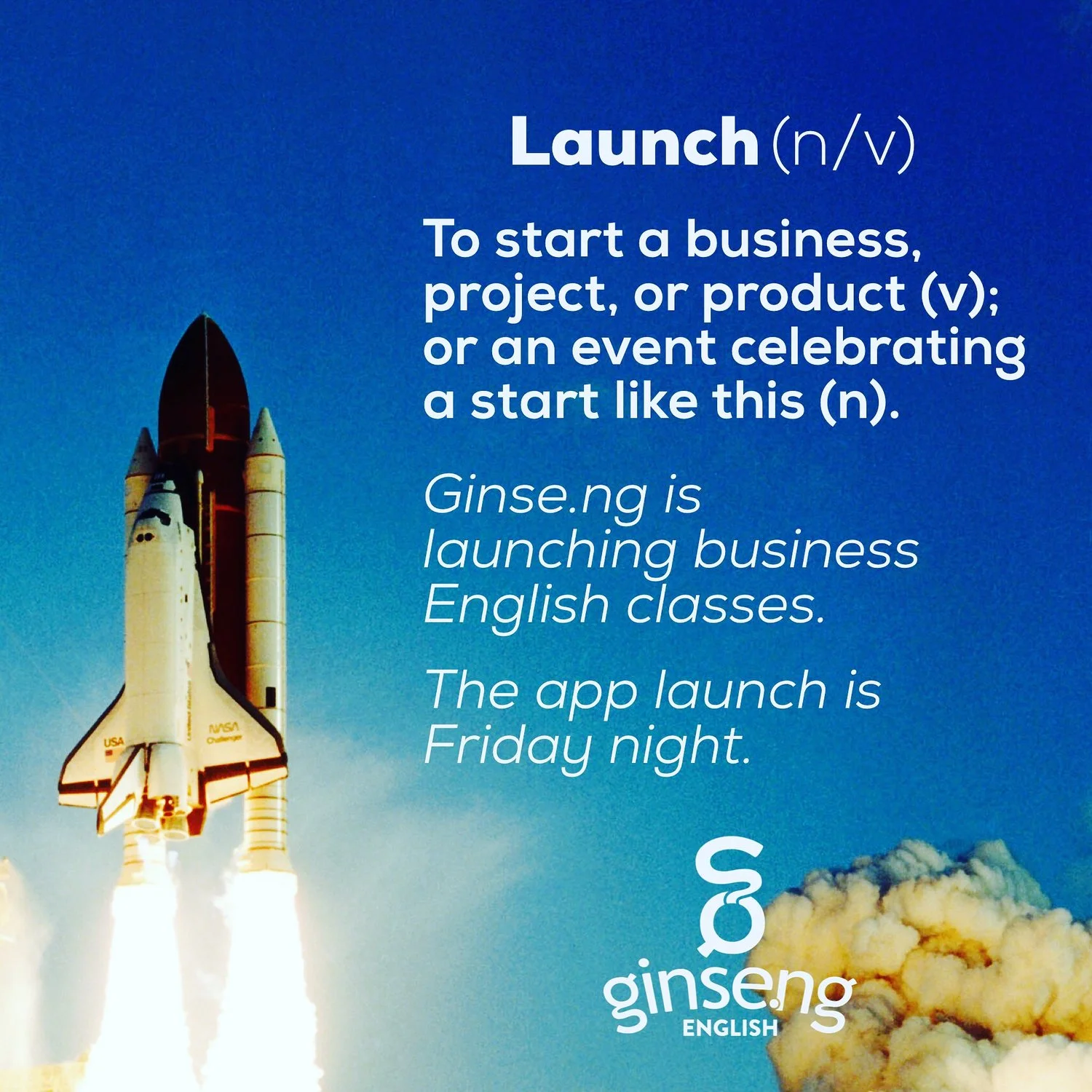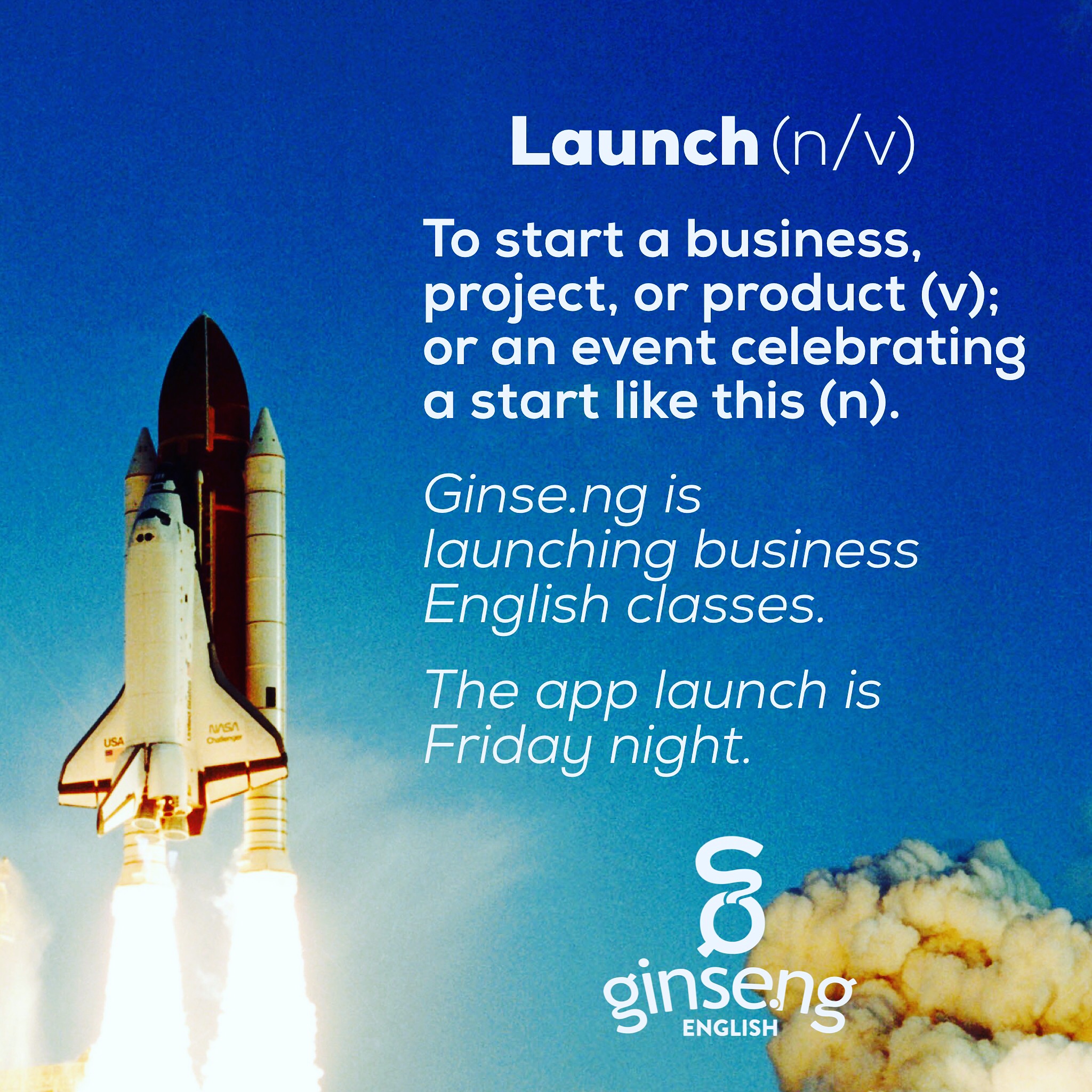One of the most interesting and difficult things about learning a new language is learning which words are bad, and how bad they are. If you learn English, for example, we have the words crap and shit. Both have the same meaning, but shit is a much stronger word. Your mom might tell you not to say shit, but most people don't mind crap.
A recent article at British newspaper The Indepedent describes a survey that was done by the British government's Ofcom (of + com = office of communications). This office decides what language is okay to say on TV. In the UK some language and content is acceptable after 9:00, when most kids are not watching, but not okay before that.
In the survey, they asked 200 people to rank bad words. Different rankings were mild (not bad, okay for kids), medium (maybe okay on TV before 9:00pm), strong (mostly okay on TV after 9:00pm), strongest (never okay before 9:00, generally okay after).
Here's the full list (sorry Mom! 🙊)
If you like this, check out these other great English posts!

